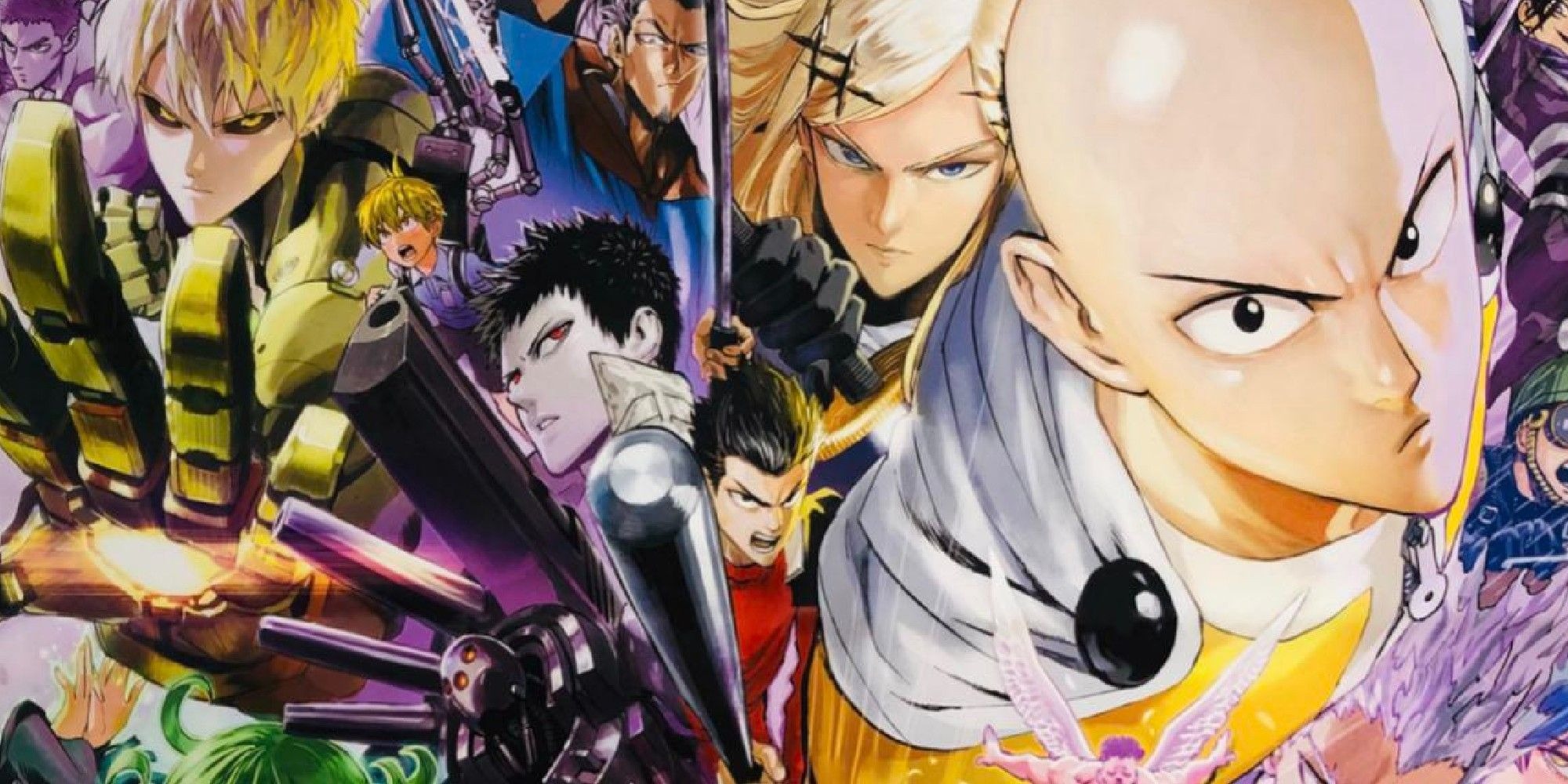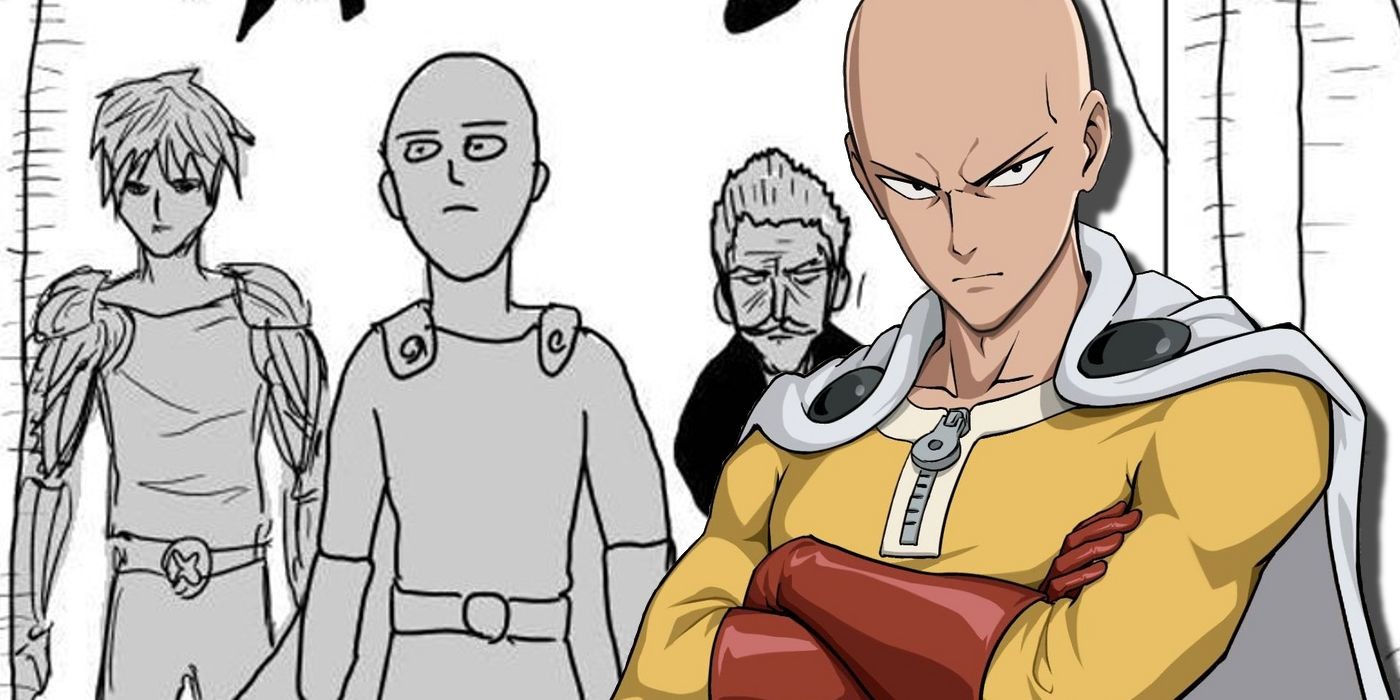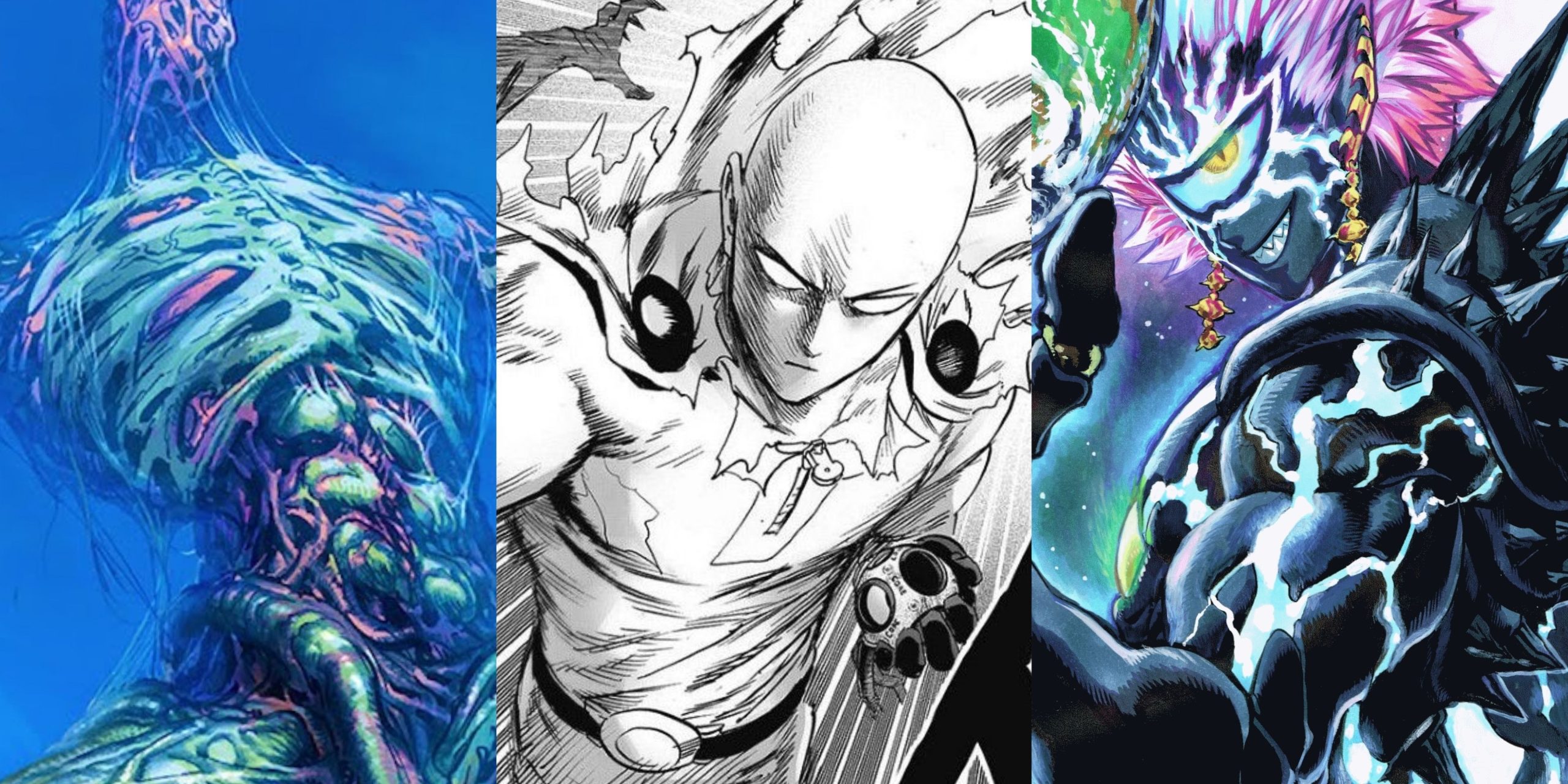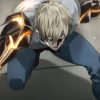The origins of One Punch Man are quite unique, as it began as a webcomic created by the writer known as ONE. The unexpected popularity of the webcomic eventually led to a manga adaptation, which came to life through the artistic talent of Yusuke Murata.
With time, One Punch Man cemented its place as a widely recognized series, especially after the anime’s first season, which gained massive acclaim. Murata’s artwork has also been praised repeatedly for its exceptional quality.

However, what sets the One Punch Man manga apart from its webcomic version extends beyond just the visuals. With a second opportunity to refine the storyline, ONE made deliberate adjustments, keeping many core elements intact while introducing important variations.
These changes give each version of the story its own identity, ensuring that readers get unique experiences depending on which one they follow.
Main Differences Between the One Punch Man Manga and Webcomic
One of the most striking differences between the manga and the webcomic lies in their artistic quality. ONE’s webcomic features a relatively simple and unpolished art style, whereas Yusuke Murata’s version is highly detailed and visually impressive.
Although the character designs and storyline remain similar, the manga takes creative liberties that distinguish it from the original webcomic.
Certain changes in the manga are minor, such as the webcomic not showing the full impact of Saitama’s punch in an early sparring match, Boros not kicking Saitama to the moon, and Puri-Puri Prisoner not having his Majestic Angel Wings.
Additionally, the Holy Order of the Sword, which has ties to Atomic Samurai, along with the entire Orochi arc, exists only in the manga and was not included in the webcomic. Another major difference is the introduction of Monster Cells in the manga.
While the webcomic depicted alternative methods for characters to transform into monsters, the manga took a different approach by incorporating the Monster Cells concept. The manga also deviates from the webcomic in other ways, such as Blast never crossing paths with Saitama or Flashy Flash.
The Super Fight Tournament, a well-loved arc, is exclusive to the manga, and several battles—including Tatsumaki vs. Psykos and Saitama vs. Garou—were expanded in the manga compared to how they were portrayed in the webcomic.
The Unique Appeal of Both Versions of One Punch Man
Beyond individual differences, both versions of One Punch Man take distinct creative directions. The manga leans heavily toward action and breathtaking visuals, largely due to Murata’s exceptional artwork. On the other hand, the webcomic prioritizes storytelling and humor, staying closer to the comedic roots that originally defined the series.

Since ONE is solely responsible for both writing and illustrating the webcomic, many fans consider it the most authentic version of the story. However, the manga, illustrated by Murata, has reached a wider audience, as it serves as the foundation for the anime adaptation and is often the first exposure new fans have to the One Punch Man franchise.
Both versions hold their merit, offering different perspectives on the same story. Readers have the choice of which style they prefer, depending on whether they are drawn to action-packed visuals or a more humor-driven story.
There are clear distinctions between the One Punch Man manga and webcomic, with the former focusing more on action and impressive artwork, while the latter emphasizes humor and storytelling. Many view the webcomic as the truest version of the story, as it is entirely written and drawn by the original creator, ONE.
However, the manga remains the most well-known adaptation, largely due to Murata’s artwork and its influence on the anime series. Each version offers something valuable, making it a matter of personal preference for readers.


